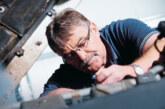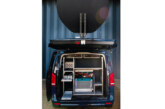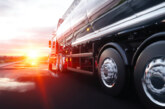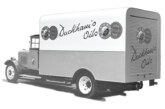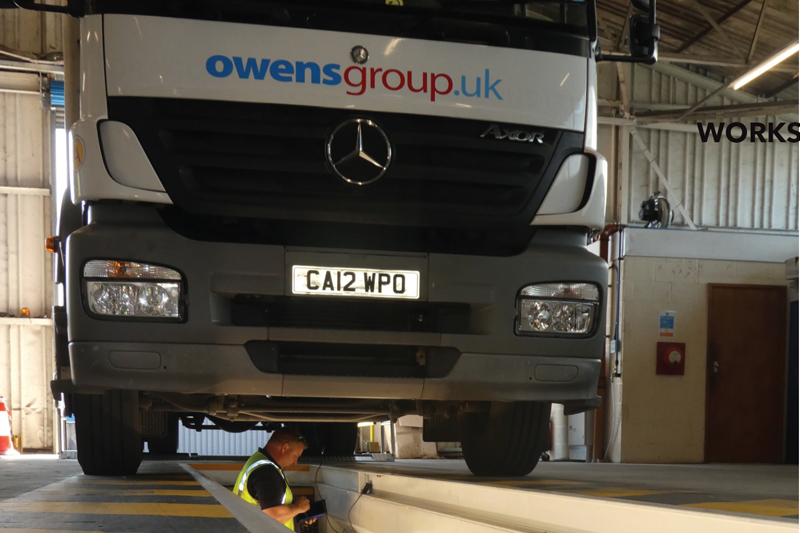
South Wales fleet operator Owens Group has reorganized its workshop operations to bring ATF and tachograph calibration services onto a single site, making job flow management considerably easier. Here’s how the group went about it.
In 1972, Owens Group began operations in Llanelli, South Wales. The fleet consisted of two small trucks used to carry furniture, kitchens and piano parts. Warehousing facilities were added in 1995, as the company sought to diversify its operations. By 2002, it was working as a distributor for a leading UK supermarket and it also became a member of the Pallet Force network. The group now operates a fleet of 780 vehicles from 10 strategic locations across the UK.
The business issue
Not only has the fleet grown to meet the needs of the business, but so have the workshop facilities. In 2006, Owens opened an on-site tachograph centre at its Lllanell headquarters, and in 2013, the company invested in its own Authorised Test Facility, at Llangennech, just off Junction 48 on the M4.
The introduction of new generation tachographs last year meant investment would be needed to upgrade calibration capabilities, and Owens took the decision to move the tachograph centre to the same site as the ATF centre, consolidating testing services at one location.
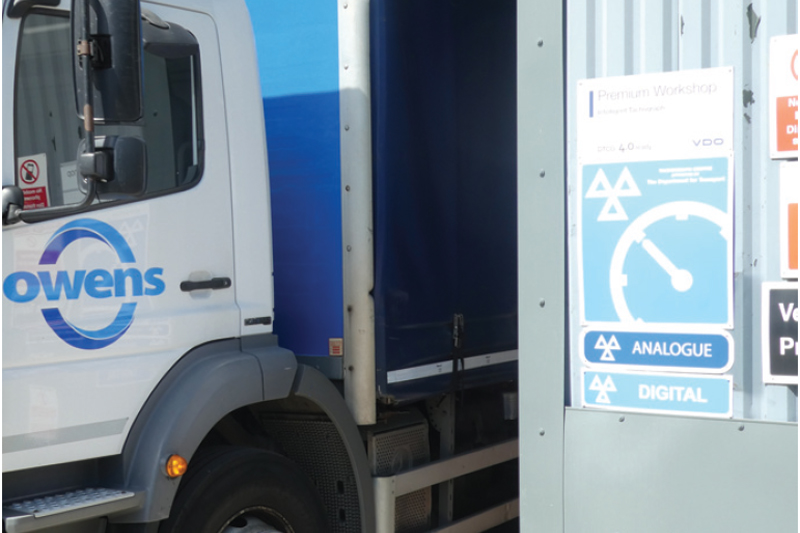
Digital solution
A Continental BM14200 brake tester was installed as part of a 10m pit. The RBT can also be adapted for tachograph calibration. To do this, all that is needed is a new sensor and a new middle roller on the brake tester to accommodate the tachograph option.
The tachograph calibration itself is carried out with a dedicated tablet that is easy to use and guides the technician seamlessly through the calibration process. The tablet is paired wirelessly via a Bluetooth connection with the tachograph roller on the brake tester unit. Calibration times are reduced – the technician can check the crucial ‘W’ and ‘L’ factors on the vehicle in less than two minutes.
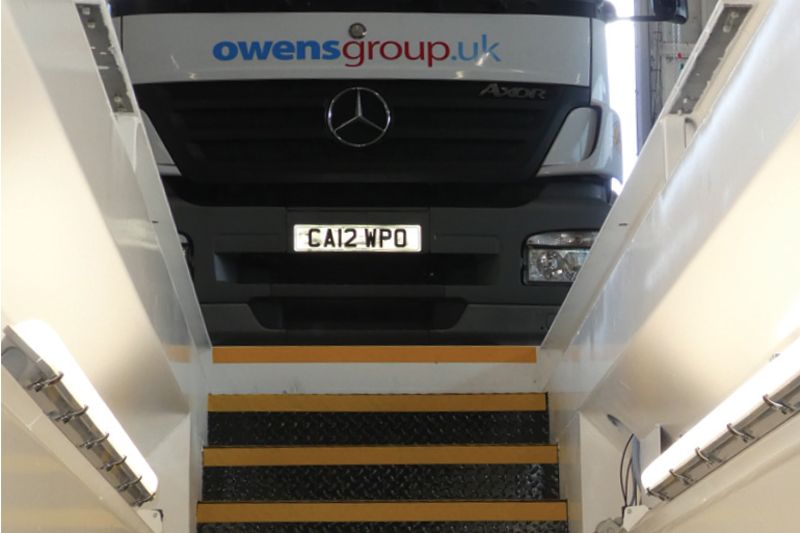
This approach has created a safe work space with no trailing cables across the workshop floor. It’s now a healthier working environment for technicians, too, with reduced emissions and noise – calibration can be done with the wheel speed at 3kph, so there is no need to run the vehicle engine.
Once the calibration of the tachograph has taken place, the information/results are then written on the workshop card, and the technician can create a calibration record sheet and plaque direct from the tablet.
The move has enabled Owens to offer a one-stop service. Vehicles are off the road for a shorter time because all the work required can be done in a single workshop visit – there is no need to pay a separate visit to a designated tachograph service centre for calibration, thereby avoiding additional downtime.

